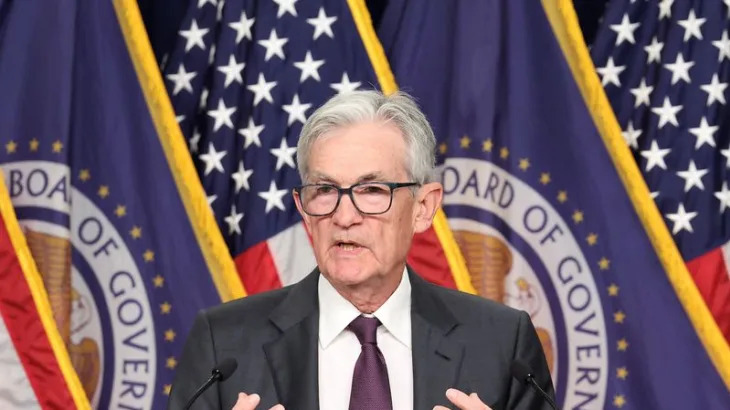Health systems have for years lamented the low reimbursement rates from traditional Medicare, but Medicare Advantage (MA) — the profitable government-funded plans managed by commercial insurers — has quickly become the new villain.
And it could spell trouble for hospitals' credit ratings, according to S&P Global Ratings.
With MA plans notoriously delaying payments, denying claims, and forcing hospitals to jump through hoops during the preauthorization process, the issue is now coming to a head and could impact hospital credit scores, according to a new analysis by S&P.
The tension between health systems and Medicare Advantage insurers has been rising over the past few years . The increased unpopularity of MA plans with health systems, some of which have stopped accepting patients with the plans, directly correlates with the rising popularity of MA plans among seniors — 52% of the Medicare-eligible population was on an MA plan in 2023, compared to just 26% in 2010.
"Health care providers generally see lower margins on MA-covered patients relative to those covered by traditional Medicare. The root causes are significant and include preauthorization requirements and claims denials, as well as risks around reimbursement rates and the timing of payments," the report said.
Complicating matters is the fact that the number of people visiting hospitals and doctors and undergoing surgery has increased post-pandemic, which means higher costs for both hospitals and insurers, the report said.
S&P healthcare director David Peknay, author of the report, told Yahoo Finance that while MA plans have been around for years, it is only now, as they become more popular, that the exposure to and concern from hospitals has increased.
"I'm finding, when I speak with the hospital companies that we cover, it's coming up more frequently. I'm being asked about it more by investors," Peknay said.
But the Centers for Medicare and Medicaid Services (CMS) has caught on to the fact that, in part due to the delay and denial tactics, Medicare overpays these private insurers per patient — and is working to reduce reimbursements to cover actual costs.
The first signal was when CMS released 2025 rates in April, which were perceived by the industry to be largely flat despite including a 3.7% increase, or $16 billion more overall, compared to 2024. That's because it is 0.16% less than the benchmark rate, which is based on an annual average rather than the real costs insurers say they incur — especially as more patients catch up on or seek care post-pandemic.
This tightening by CMS is now sending private insurers into a cost-cutting frenzy and resulting in troubled long-term outlooks for insurers who made MA a large part of their business over the years. There are also discussions about cutting supplemental services like gym memberships and ride services once offered freely to seniors.
The squeeze
Medicare Advantage was first created in 2003 through legislation and is supposed to be a more efficient Medicare offering since it packages various parts of traditional Medicare benefits like Part A, which covers hospital visits, and Part B, which covers medicines delivered by clinicians, and has caps on out-of-pocket spending, unlike traditional Medicare.
MA plans have been heavily marketed to seniors as a more appealing, bundled, cost-controlling product than traditional Medicare, which has contributed to their success. Plans are offered by the country's largest insurers, and the majority of the market share lies with UnitedHealthcare ( UNH ), Aetna ( CVS ), and Humana ( HUM ).
KFF found that Medicare Advantage plans, despite offering $0 premium plans for patients, have a higher overall gross margin — claims paid versus premium collected — compared to traditional plans. In 2021, that margin was $1,730 for an MA plan, compared to $689 for group market plans, such as those used by employers.
A recent report from the Medicare Payment Advisory Commission (MedPAC), noted that MA plans have cost CMS $83 billion this year, or 122% more on average, compared to if the same enrollees were using traditional Medicare.
It's why JPM analysts said in a note in April that the recent rate decisions and scrutiny from CMS signal that "CMS is attempting to lower payors’ MA margins."
In turn, it will also squeeze health systems.
That's because while hospitals do have multiple revenue streams — known as a payer mix — Medicare is often seen as the most reliable as it covers older patients often in need of more frequent care.
Medicare pays $0.82 per dollar billed through claims, but Medicare accounts for at least a third of hospital revenues. That means hospitals are getting below-cost reimbursement from the largest government payer. Critics say that is because hospitals are charging too much to begin with — with markups ranging from 100% to 1,000% of the hospital's costs.
"We expect healthcare service providers to see future rate pressure from MA plans implementing strategies to preserve their margins from higher utilization, and regulatory changes," Peknay said.
Anjalee Khemlani is the senior health reporter at Yahoo Finance, covering all things pharma, insurance, care services, digital health, PBMs, and health policy and politics. That includes GLP-1s, of course. Follow Anjalee on most social media platforms @AnjKhem .





